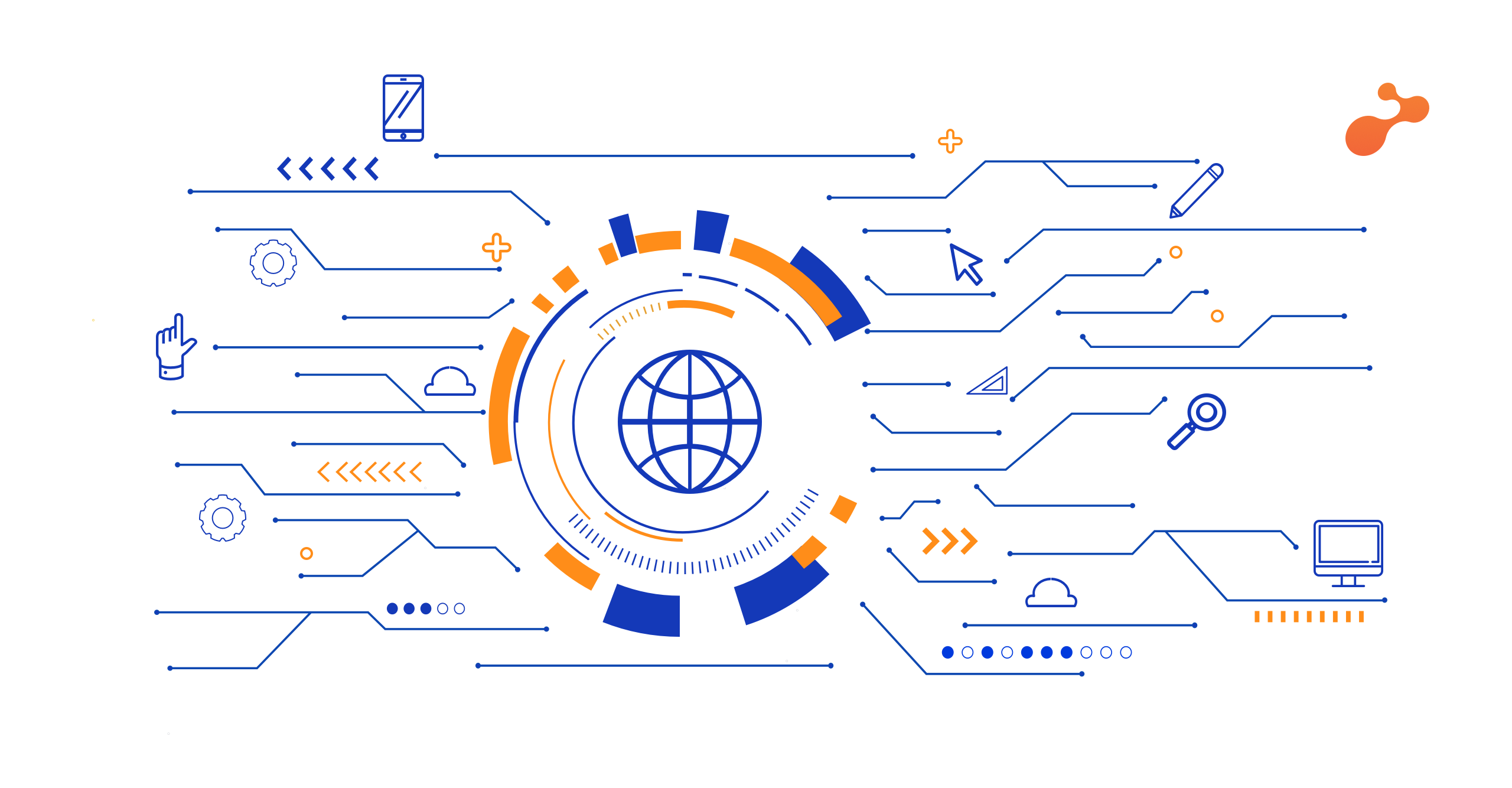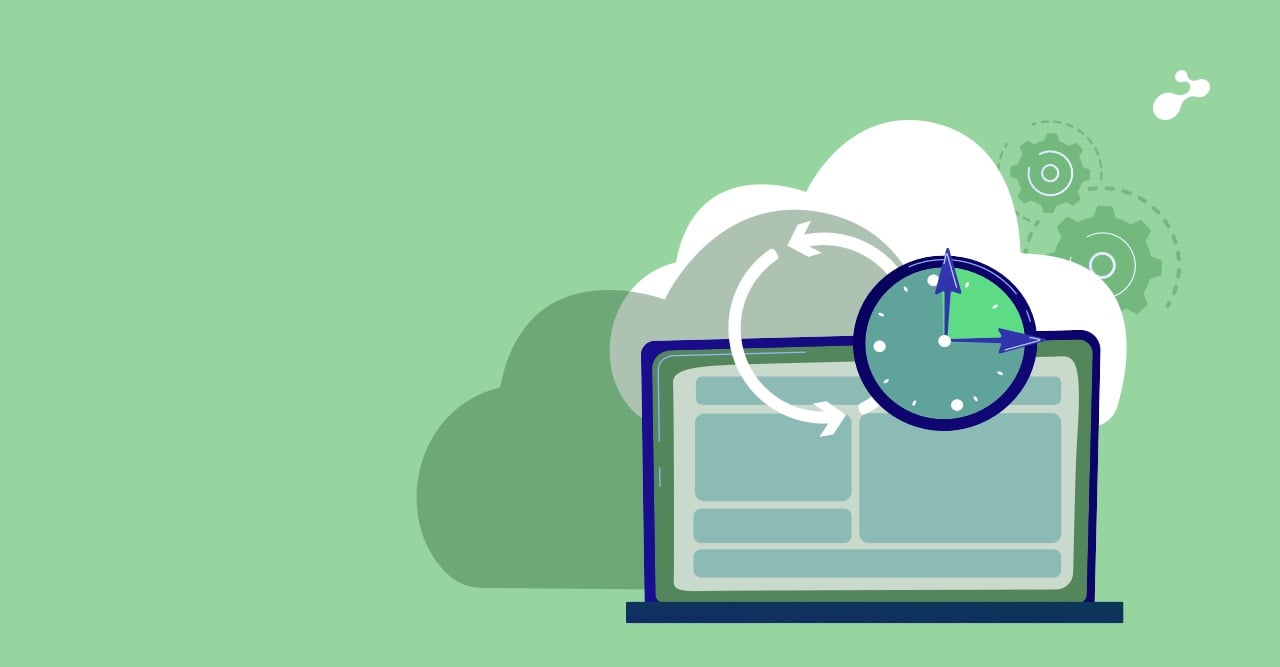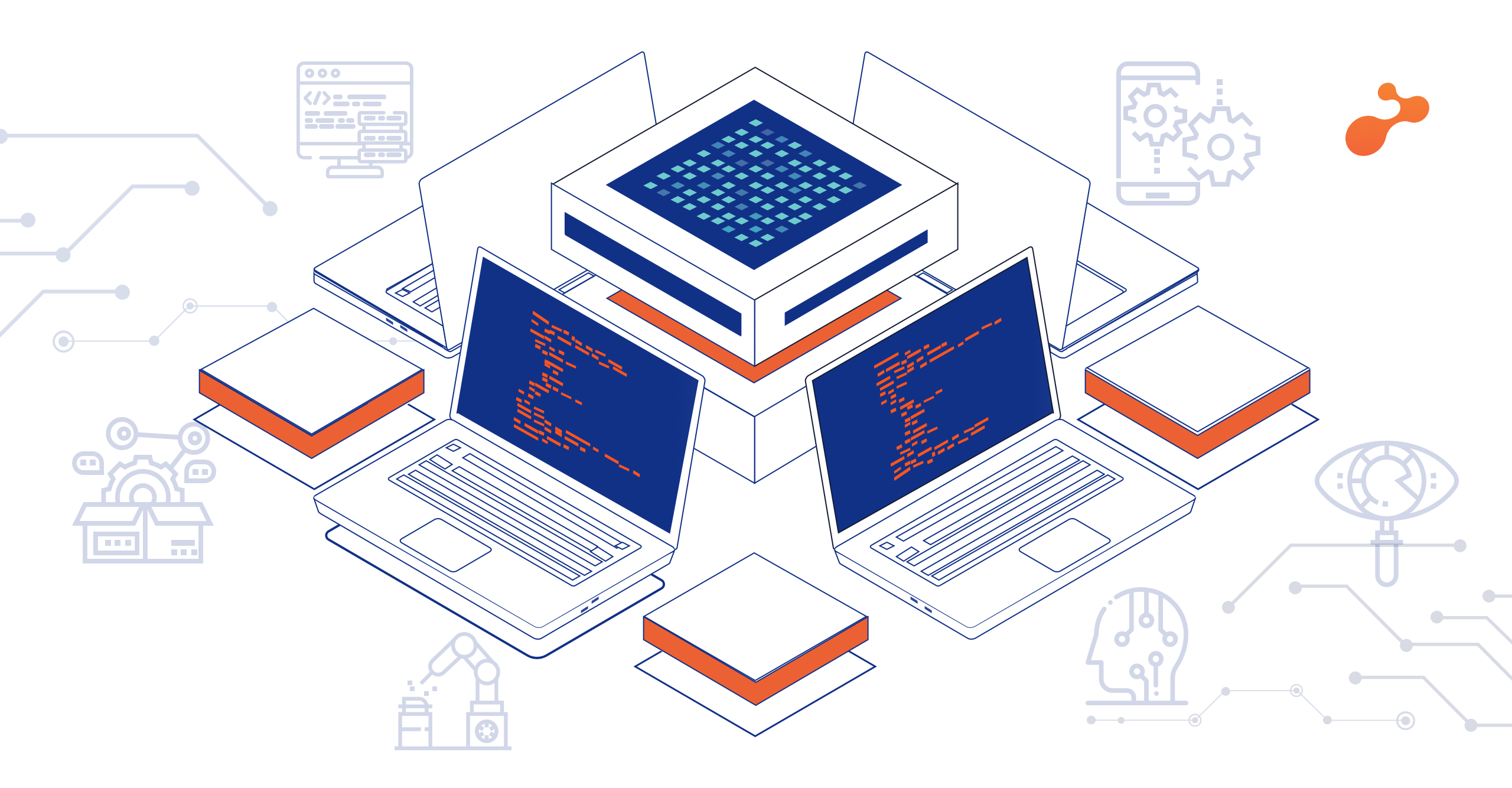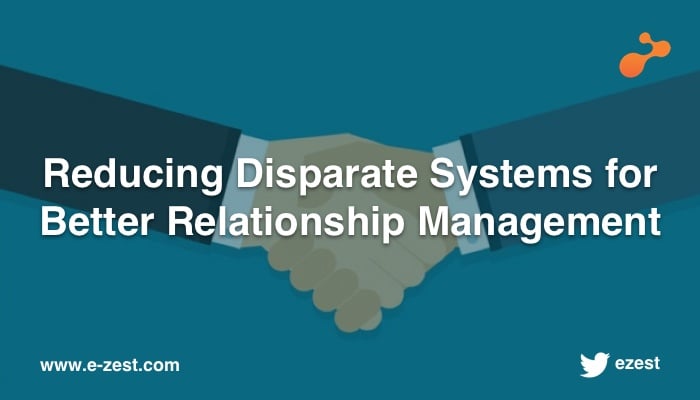Nothing is permanent in the fleeting, demanding world of product innovation – Everything, right from design, the customer experience and the technology that enables these are changing even while we speak. There was a time when designers and even customers used to swear by the 3-click rule – The 3-click rule is a persistent, unofficial heuristic that says that no page should take more than 3 clicks (or taps on a touch screen) to access. Some even rejected great designs in the name of this rule. But now, the business scenarios have changed. The interaction cost (the basic metric guiding the 3-click rule) will continue to be a great ergonomic factor to consider. But the core mantra of product innovation – by placing customers at the focal point of any product feature decision is never going to change.
Several things have evolved within the customer experience realm that needs us to put greater attention towards keeping the focus on experience as firm as possible. Today, the world of AI has seeped into many existing and new facets of customer interactions. It is not uncommon to see that unassuming chat-bot offering to help us when we go online to pay our bills. Closer to the business world, a risk manager may get a risk rating suggestion from a hovering square/ pop-up or a procurement manager may see the best-suited vendor from an analysis of past vendor performance.
The touch points for all these use cases are carefully thought through by any implementation firm who keeps the customer and the customer experience at the center of innovation. For instance, we observed in one of our assignments that the previous AI intervention exercise that a customer had undertaken with a different software creator hadn’t borne fruit. The efficacy of the AI/ML part aside, the touch points (the screens that suggested a customer service agent as the ideal disposition fields for a ticket) were far too preachy. An experienced agent doesn’t need to be tutored on what she needs to fill in a form that they have been filling fifty odd times a day for the past three years.
As we had guessed, when we observed an agent in action, she breezed through the disposition forms without giving care for the suggestions. We felt that a better value addition could be auto-populating the fields with the suggestions and letting the users edit what they didn’t want. And voila! Not only did the agent’s work become faster (by around 20% when we measured it) but it also made them not feel like they were being told to do something.
The idea for product innovations is only on the rise in every sector. What customer experience also tells us is that sometimes there is a much simpler product feature to aim for than the big bang that we think will change the world. For example, we built a plain web app for a pricing tool requirement that aggregates different spreadsheets instead of replacing the spreadsheets. We were tempted to think that our customer was asking us for “faster horses”. (https://www.forbes.com/sites/forbesfinancecouncil/2017/10/19/on-building-a-faster-horse-design-thinking-for-disruption/) But when we did some designs and pilots, we understood that Excel’s interface wasn’t the problem – the lack of consistency and security was.
So, a simpler solution retaining the users’ familiar experience was the answer. In another case, instead of having troubled citizens fill out a digital accidental form, we reasoned that we could have them scribble their details on paper and the team later machine-read those details into the system that our customer had. This solution was incredibly more complex than a simple HTML form, but seeing 1000 users of the system within the first week was great validation that the customer and customer experience is always the king!
The age of innovation is here to stay. We are hopeful in the new era of digital innovation that no matter how sci-fi our tech gets; our products will always be in the right place – knowing that they are only there for the customers and that the customers are only there for the customer experience.







